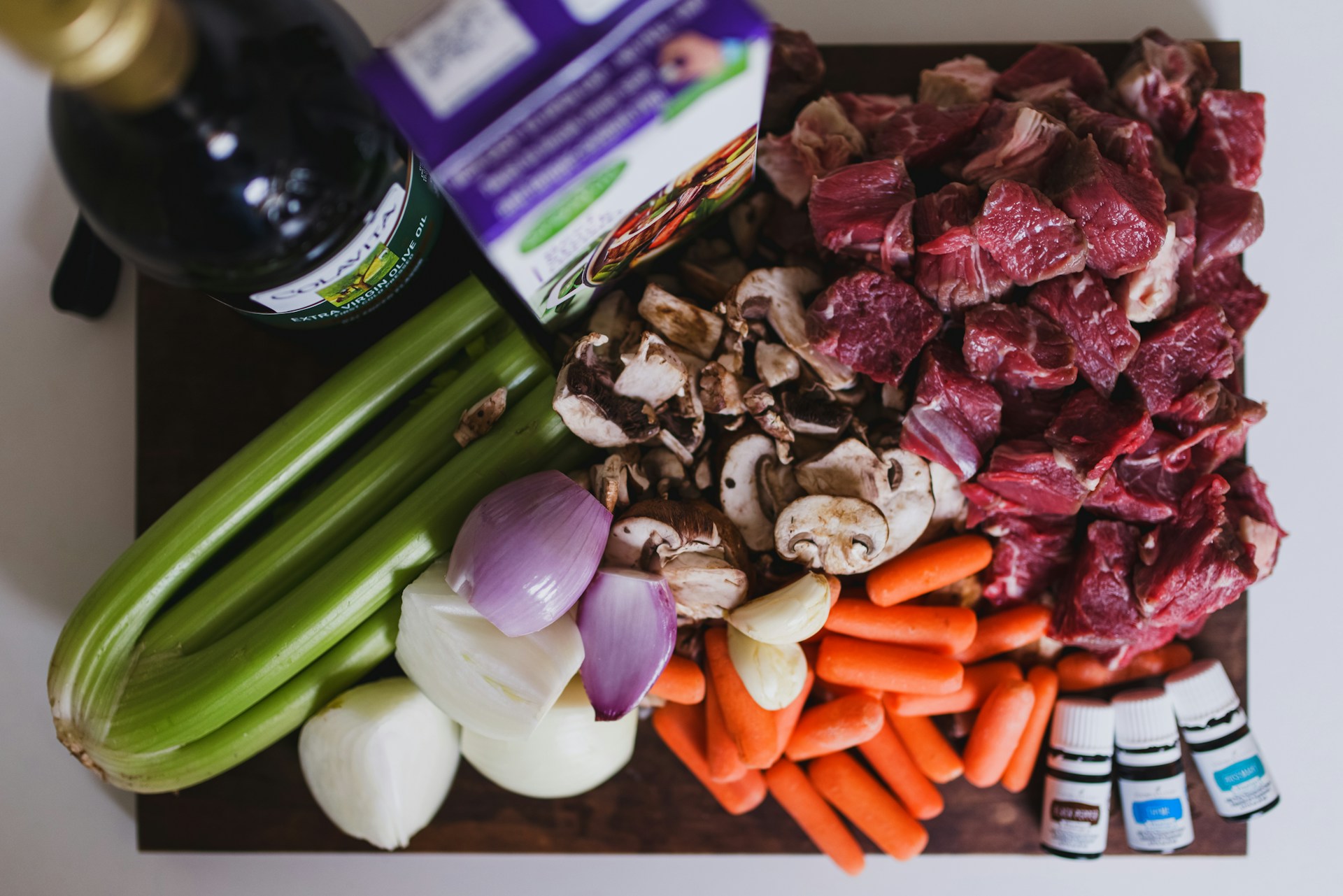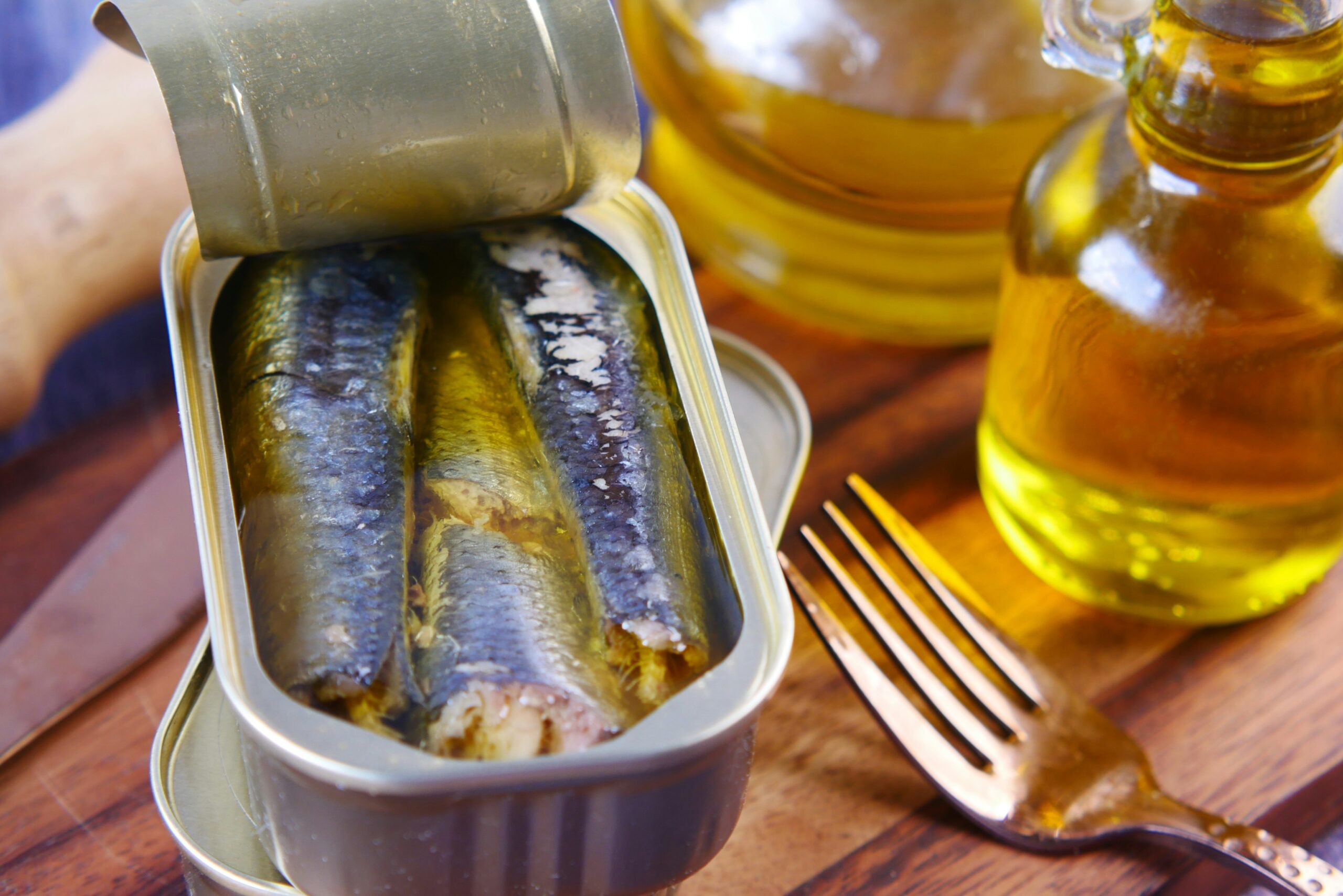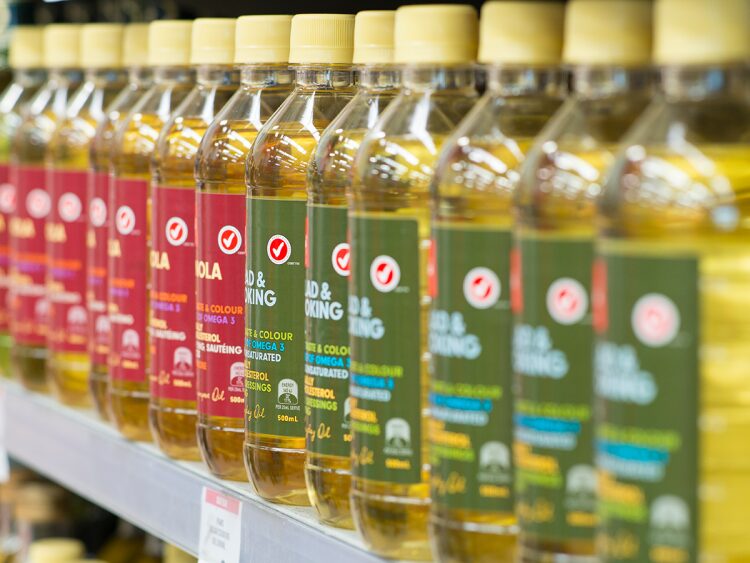Since the turn of the century the progress in the field of longevity has been remarkable. Researchers like Dr. David Sinclair, Dr. Rhonda Patrick, Dr. Eric Verdin, and others have catapulted the field from one that was secondary to other lifespan-focused fields like those related to helping cancer, diabetes or other common killers, into one of the most exciting and interdisciplinary areas of study today.
Along with research into simple lifestyle interventions like sleep, exercise, and sauna use, certain specific nutritional elements, notably a select few known as “NAD+ boosters,” are being looked at and now commercially sold, as a potentially effective treatments for a disease that’s very old but also very new: aging.
NAD+ boosters like nicotinamide riboside (NR), and nicotinamide mononucleotide (NMN), as well as the compound resveratrol – produced in plants, notably red grapes, during periods of stress can all be purchased in supplement form commercially.
However they are expensive, so along with other dietary choices, the details of NAD+ and its involvement within us, help one to understand the holistic ways of increasing the number of NAD+ boosters in the body.
NAD+ boosters refers to compounds that result in increased levels of nicotinamide adenine dinucleotide (NAD+) in the organism. NAD+ is a chemical compound of such immeasurable importance that life on this planet would cease to exist without it.
NAD+ and aging
What does such an compound – one that is needed for all life on earth to trudge on – do in our bodies and where does it come from?
For starters NAD+ is necessary for most of the primary forms of energy metabolism including glycolysis, the conversion of stored energy into energy, and others like the Krebs Cycle and those involved in fatty acid metabolism. NAD+ is necessary to produce ATP (adenosine triphosphate ) which if you remember from high school biology, is the molecular energy currency of the cell, and can be garnered from any source of energy, be that protein, fat, carbs, or ketones.
NAD+ is needed for enzymes in our bodies that promote longevity and repair our DNA, such as PARP-1 and sirtuins which have both been associated with longevity. Sirtuins use NAD+ to control the genes involved in some of the most critical systems in our biology including energy metabolism, circadian rhythms, autophagy, DNA repair, and cell survival, while PARP-1 activity is correlated across multiple mammalian species with increased healthspan and lifespan.
NAD+ depletes across tissues as we age, especially within metabolically demanding tissues like the heart, brain, and liver. NAD+ depletion over time is associated with the hallmarks of aging, including cardiovascular disease, muscle atrophy, and neurodegenerative diseases like Alzheimer’s.
NAD+ levels rise during periods of fasting, caloric restriction and exercise, periods that science associates with a healthy lifestyle.
PICTURED: An assortment of foods high in vitamin B3 and tryptophan.
NAD+ in our diet
Despite the fact that NAD+ is so important for life, NAD+ is scarcely found in our food. But because the body is the ultimate in recycling and MacGyver-isms, we evolved to synthesize the massive amounts of NAD+ our body needs to survive from other compounds, particularly Vitamin B3 (niacin) and its associates.
Coincidentally, there are three kinds of vitamin B3. Nicotinamide, also known as niacinamide, nicotinic acid, and the aforementioned nicotinamide riboside (NR) which are known collectively as niacin equivalents. Meat contains the highest quantities of B3, and that includes liver, heart, tuna, anchovies, and all other meats commonly eaten in the U.S.
Avocados, nuts, mushrooms, spinach, and brown rice are ones to aim for if you are a vegetarian seeking niacin and its equivalents, while the essential amino acid tryptophan is another compound that converts to NAD+.
Along with animal products including milk, meats, eggs, and cheese, tryptophan is present in bananas, nuts, pumpkin and sunflower seeds, even chocolate. Tryptophan is key for maintaining brain health, and acts as a precursor to compounds like serotonin, which can help improve your mood and fight depression, and melatonin, also known as the Sleep Hormone for its role in switching parts of the brain into sleep-preparedness.
However, as much liver and turkey as you eat, some labs and researchers are seeing if in addition to NAD+ from food sources and lifestyle choices, we can supplement with additional NAD+ boosters to increase our overall levels of NAD+. This is where NR, NMN, and resveratrol could play a massive role in longevity application at home going forward.




Can you tell me what is the easiest way to get these important NAD things in my body if I am a meat eater, but don’t often have time for greens and such? Is it better in natural food, or can I just get the "expensive" supplement? Anything on Amazon.com for that easy NAD fix?